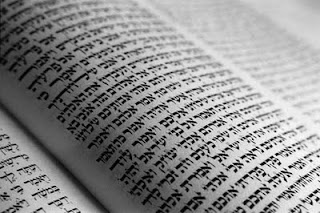They devoted themselves to the apostles’ teaching and fellowship, to the breaking of bread and the prayers. Acts 2:42 NRSV

I have received many comments and questions about my last blog on worship. I shared a quote from the middle of the second century from Justin Martyr in his First Apology. It is a description of the normal Sunday worship in the early church. Here is another version of that quote:
[1] On the day which is called Sunday, all who live in the cities or in the countryside gather together in one place. [2] And the memoirs of the apostles or the writings of the prophets are read as long as there is time. [3] then, when the reader has finished, the president, in a discourse, admonishes and invites the people to practice these examples of virtue. [4] Then we all stand up together and offer prayers. [5] and, as we mentioned before, when we have finished the prayer, bread is presented, and wine with water (Bard Thompson, ed., Liturgies of the Western Church [Philadelphia: Fortress Press, 1980], p. 9).
One of the questions I heard was, “Why should we go back only to Justin Martyr? Shouldn’t we go all the way back to the holy writ of the New Testament?”
That is a good question and very perceptive. For instance, Paul’s first letter to the Corinthians addresses issues of worship (1 Corinthians 14). While we have bits and pieces in the New Testament and other sources, liturgical scholars tell us we do not have any clear evidence for the process of Christian worship until we get to Justin Martyr. His description does seem to elaborate on the New Testament scripture Acts 2:42: "They devoted themselves to the apostles' teaching and fellowship, to the breaking of bread and the prayers" (NRSV). This is the first summary of Christian worship in the New Testament. Again, unfortunately, it is not a complete description of worship in the New Testament era nor do we have one. We have snippets here and there as well as theories, but ultimately we just do not know. Therefore, Justin Martyr’s writing is our earliest and best look at the worship practices of the ancient church.
The central act has always been the reading and preaching of scripture to which are added the prayers of the people and the sacrament of Holy Communion. We do know that the practice of reading scripture in the ancient church was carried over from the synagogue where the Torah (the first five books of the Old Testament) was read in a continuous fashion. Wherever the reader stopped reading one week, that is where the reader began the next week. This practice is known as lectio continua or continuous reading. The Reformation 500 yeas ago revived this practice of reading scripture in worship.
Another practice that arose in the early church is lectio selecta or selective readings. This is the practice of the Revised Common Lectionary which we usually follow at Salem. It selects scripture readings based on the Christian year that tell the story of God’s salvation in Jesus Christ.
In choosing texts for worship, scripture must always be the master. God speaks first. We submit to the authority of what God says to us in scripture, not by considering what the preacher wants to say or thinks the congregation needs to hear. Reading scripture is one of the primary ways we are formed as God’s people. United Methodist Bishop William Willimon writes,
The church is a community gathered around the story of God in Jesus Christ as recounted in Scripture. The pastor bears the chief burden of lifting up that story to the church on a weekly basis, to ‘open the Scriptures’ to those who, in baptism, are called to align their lives to this story (Pastor: Theology and Practice of Ordained Ministry [Nashville: Abingdon Press, 2002], p. 81).
Next month I will look more closely at the identity-forming practice of reading scripture in the synagogue and how that carried over to the ancient church.




Comments
Post a Comment